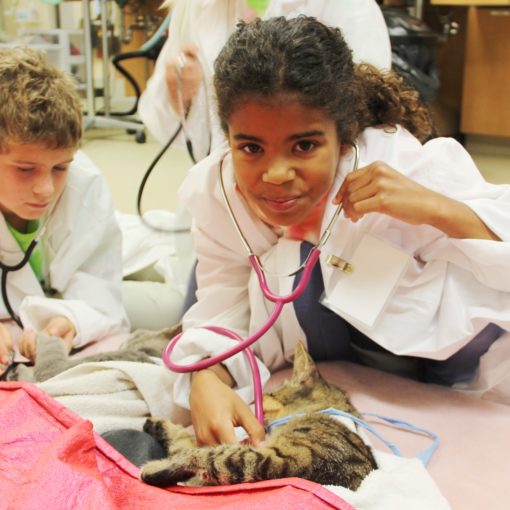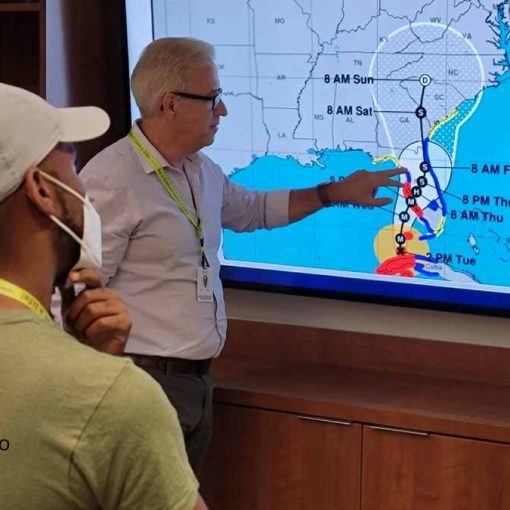By DANA BEACH

LIFE ON EARTH IS IN GREAT JEOPARDY TODAY. It has suffered more severe losses over the past century than in the last 60 million years. The cause of this devastation is the crush of human population – ever greater numbers of people destroying wildlife habitat and consuming the earth’s resources at higher rates than can possibly be sustained.
The most comprehensive assessment of the status of biodiversity to date was finalized in Paris in April. Here is the first sentence of the press release of that assessment:
Nature is declining globally at rates unprecedented in human history — and the rate of species extinctions is accelerating, with grave impacts on people around the world now likely, warns a landmark new report from the Intergovernmental Science-Policy Platform on Biodiversity and Ecosystem Services.
According to the report, which was compiled by scientists around the world over the past three years, more than one million species are threatened with extinction – “more than ever before in human history.” The summary further states:
The average abundance of native species in most major land-based habitats has fallen by at least 20%, mostly since 1900. More than 40% of amphibian species, almost 33% of reef-forming corals and more than a third of all marine mammals are threatened. At least 680 vertebrate species have been driven to extinction since the 16th century…Ecosystems, species, wild populations, local varieties and breeds of domesticated plants and animals are shrinking, deteriorating or vanishing…
Josef Settele, a German research scientist and one of the three cochairs of the project, had this to say:
“The essential, interconnected web of life on Earth is getting smaller and increasingly frayed “This loss is a direct result of human activity and constitutes a direct threat to human well-being in all regions.”
The UN report follows a similarly alarming report released late last year by the Cornell Lab of Ornithology and the American Bird Observatory revealing a precipitous decline in bird populations since 1970. This excerpt comes from Scientific American:
…new research published Thursday in Science shows bird populations have continued to plummet in the past five decades, dropping by nearly three billion across North America—an overall decline of 29 percent from 1970.
The scale, scope, pace and severity of the crisis seem overwhelming. And indeed, despite global concern and the hard work of conservation groups around the world, the situation has gotten progressively worse year after year.
A new way to communicate?
I have worked on conservation for more than 30 years and have no illusions that biodiversity loss can easily be halted, even under the most optimistic circumstances. But recently, I have seen the effectiveness of our movement compromised by what I believe is a misplaced perspective that our allies in the animal welfare movement can help us correct: the belief that we may only discuss conservation challenges in objective, analytical, and quantitative terms – that emotion, imagination and love have no place in the debate about protecting life on earth – and that logic and rationality, energetically articulated, will guide us to a sustainable future. This point of view is, in my experience, demonstrably false.
The greatest conservationists of our time have understood the power and primacy of emotion. They have demonstrated that we must first arouse, inspire, and excite human passion for other species, what E.O. Wilson called “biophilia,” before we can hope to move forward with the essential work of protecting them – by crafting new programs, policies and laws that sustain biodiversity and bring human civilization into harmony with the natural world.
Jane Goodall understands this. Her speeches and writings are infused with passion and emotion for the chimpanzees she has studied, named and protected in the Gombe Stream National Park for more than half a century. This passion has paved the way for practical, durable achievements in restoring and protecting the habitat that chimps need to survive.
The greatest conservation work in the 19th and 20th centuries was first propelled by beauty, emotion and passion – inspired by
Ansel Adams’ stunning photographs of Yosemite, Peter Matthiessen’s magisterial evocations of Africa, the Amazon and Tibet, and in the Lowcountry, my friend Tom Blagden’s arresting photographs in the 1980s and 90s of the ACE Basin, Four Hole Swamp and other threatened landscapes.
Beyond conservation, the greatest minds in western and eastern civilizations have written that passion and emotion are primary to logic. Albert Einstein famously said, “Knowledge is limited, whereas imagination embraces the entire world, stimulating progress, giving birth to evolution.”
David Hume, perhaps the greatest of the Enlightenment philosophers, wrote that action can only be motivated by emotion, or what he called “moral sentiment.” Hume argued that “reason alone can never be a motive to any action of the will,” and “can never oppose passion…”
And on the other side of the planet, the 14th Dalai Lama has said, “Develop the heart. Too much energy in your country is spent developing the mind instead of the heart.”
More heart is needed
Sadly, the conservation movement – the legacy of John Muir, Teddy Roosevelt, Rachel Carson and other passionate advocates for nature – has veered towards communication that is technical, quantitative, generic and, ultimately, forgettable. To its great detriment, the movement has become professionalized; void of the specificity engendered by personal experience and direct relationship with the natural world.
The organization I founded, the Coastal Conservation League, has not been exempt from this trend. I remember warnings from board members and others to “stick to the facts,” avoid “negative messages,” behave in a “professional” manner and eschew passion. I am not arguing for irresponsible or fact-free articulations of the challenges we face. I am advocating that we highlight and tap into the power and primacy of feelings as we press our case for reform.
From what I see, the animal welfare movement makes no apology for deploying the love we feel for animals in the service of their protection. The sometimes beautiful, sometimes heart- rending photographs and stories of animals that have been mistreated, or that have found new lives with loving owners, underlies, I think, the power of the movement. This, coupled with an agenda that is practical, realistic, clear and implementable have produced successes in Charleston and around the world.
Clearly, much remains to be done on the animal welfare front. But the progress thus far is laudable and the path forward is clear. Whether the same will be said about environmental conservation ten and twenty years from now will depend on activating, not shying away from, the power of emotion on behalf of the natural world.
Dana Beach serves as the Founder and Director Emeritus of the South Carolina Coastal Conservation League, an organization that works with citizens and government to develop policies that promote sustainable patterns of development for people and the environment.





